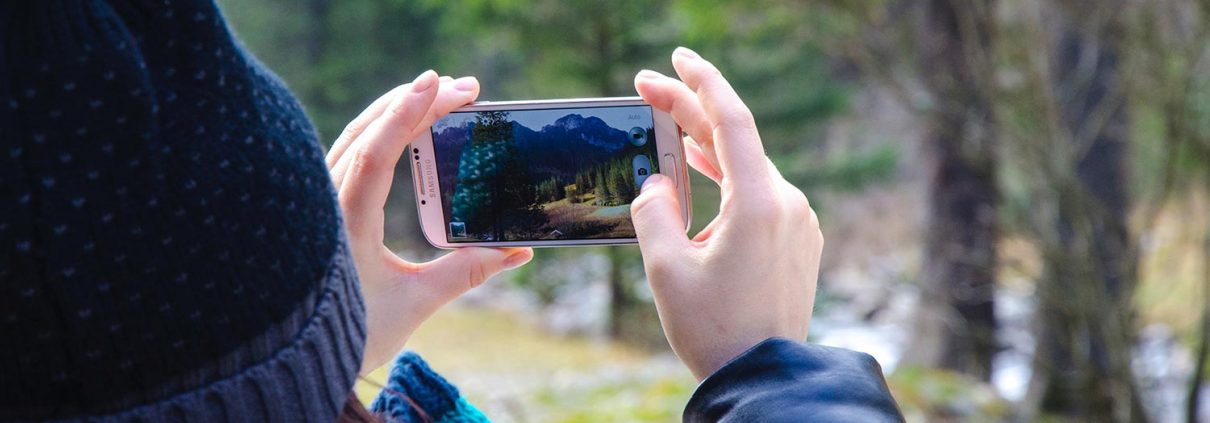Optimizing Your Pics: The SEO Trick You Need To Start Doing
High quality photos are a must for a complete user experience. Whether it’s a high-definition slider image sprawled across your homepage, or rows of small thumbnails to feature your products, your website images cannot be left out of your SEO strategy. Once you select the perfect keywords for your web content and write your website copy with precision, you should take the time to fully optimize your images, as well.
Images, just like keyword content, can also send powerful ranking signals to Google. And once new visitors find your site, those images can keep their time on your website longer.
With the correct tools & knowledge, optimizing your photos for Google (or any search engine) will help with your overall SEO rankings.
Follow These Photo Tips!
- Use Quality Editing Software
If you hire a photographer or take your web and social photos in house, be sure to also invest in editing software. Adobe Photoshop and Lightroom are industry standard (we like Photoshop here more but that’s because we have been using it for 17 years), offering various options to customize images for the web. Any photographer or web designer you hire will likely have knowledge of these platforms. - Save In The Right Format
When it comes time to save the image, be sure to select the ‘Save For Web’ option whenever it’s available this will automatically make the resolution to 72 which is perfect for the web. Saving the photo as a JPG is usually a safe bet as well, but PNG’s will need to be used if you want a high quality looking image with a transparent background. - Name The File Strategically
When you export the photo, you will have to give the photo a name. Give it a clear name, as search engine crawlers can detect keywords within these names. For example, for a photo of a short sleeve shirt that you sell, it is better to name it short_sleeve_tshirt.jpg, rather than image123.jpg. Follow the same rule when labeling your alt tags (alternative tags, good for SEO and screen readers). This way, a search engine will better identify the subject of the photo. - Write The Best Caption
While it’s easy to let them fall through the cracks, photo captions are an important part of your web copy. Invest time in crafting a brief, snappy description for each photo that includes keywords and clear language. This is especially important for your product and blog images.
Pay attention to your analytics and test out various methods to determine what works best for your website. While one large photo may work for your homepage, several smaller photos may work for another. Also be sure to pay attention to loading times, social analytics, and other metrics during this process.
Investing time and money into your web photos will give you the edge you need to stand out amongst your competitors. With the right approach, you can leave the best impression on a page visitor by greeting them with a bold, high-quality image. And with the right SEO techniques to go along with it, you can leave the best impression on Google’s web crawlers, too.



